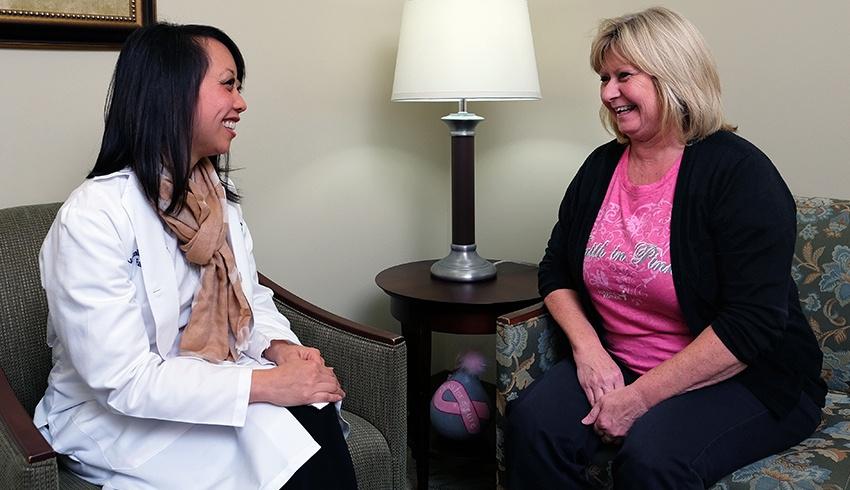What is a Radiologist? A Radiologist is a physician who specializes in diagnosing and treating illness and injury with medical imaging techniques. This includes ultrasounds, x-rays, magnetic resonance imaging (MRI), computed tomography (CT), positron emission tomography (PET), and more. In addition to medical school, Radiologists must complete a residency of at least four years to gain postgraduate education specific to the field of radiology. Here is why a Radiologist is an essential part of your healthcare team.
The finest Radiologists are board certified and fellowship trained.
A fellowship in radiology involves one to two years of specialized training in a radiological subspecialty such as:
- Breast imaging
- Nuclear medicine
- Cardiovascular radiology
Additionally, your Radiologist should be board certified. A board certification demonstrates that the Radiologist has the knowledge, experience, and education needed to provide quality care to the patient.
Your Radiologist is an expert consultant to your primary care physician.
Your Radiologist will be able to aid your general practitioner or other referring physician in choosing the right examinations to meet your diagnostic needs, interpreting the images, and directing your care appropriately.
Additionally, Radiologists now have the technology to treat diseases such as cancer with minimally invasive, image-guided procedures through interventional radiology. Plus, innovations like molecular level PET/CT scans and 3D mammography have enabled doctors to diagnose and treat diseases earlier. Treatments are more effective and patients recover faster.
What is a Radiologist? A critical component of your wellness.
Radiology is responsible for many innovations in the field of medicine and has played a key role in the successful diagnosis and treatment of disease. According to the US National Library of Medicine, “Radiology is now the key diagnostic tool for many diseases and has an important role in monitoring treatment and predicting outcomes. The anatomical detail and sensitivity of these techniques are now of a high order and the use of imaging for ultrastructural diagnostics, nanotechnology, functional and quantitative diagnostics and molecular medicine is steadily increasing.”
Radiologists are helping change lives every day and they are a vital part of your healthcare team. That’s why it’s so important to select an imaging center with up-to-date technology and a reputable team of Radiologists you can depend on.





